We’ve lost sight of the most important rule in debating science

No, you are most definitely not entitled to your own facts. In fact, you’re required to disclose what evidence would change your mind!
“You must remember, my dear lady, the most important rule of any successful illusion: First, the people must want to believe in it.” –Libba Bray
It was almost 100 years ago that the most famous debate in science history took place. The topic up for consideration was the nature of the spiral objects in the sky: were they proto-stars in the process of forming, or were they island Universes, similar to and far outside of our own galaxy? Although this might seem like too obvious of a thing to debate today, back in 1920 the answer was not known, as there were pieces of evidence the other side found difficult to explain. Today, as always, there are many scientific topics that scientists and non-scientists alike disagree on. Yet if we can understand the contentions, the arguments, and the reasoning that each side employs, we should be able to identify the key element that’s missing from modern debate: what it would take to convince us that our position is wrong.

The way this famous historical debate took place — 97 years ago today — was that each of six facts were presented to both sides, and each side had to explain how this observation/measurement/result was accounted for in their worldview. Sometimes, this would prove a very difficult point to argue, and the best explanation was “the observation is wrong.” But sometimes observations are wrong, particularly when they’re right at the limit of what can be significantly measured. The island Universe camp had to argue that observations showing a spiral rotating were wrong; the proto-stars camp had to argue that new stars simply couldn’t form in the plane of the Milky Way.
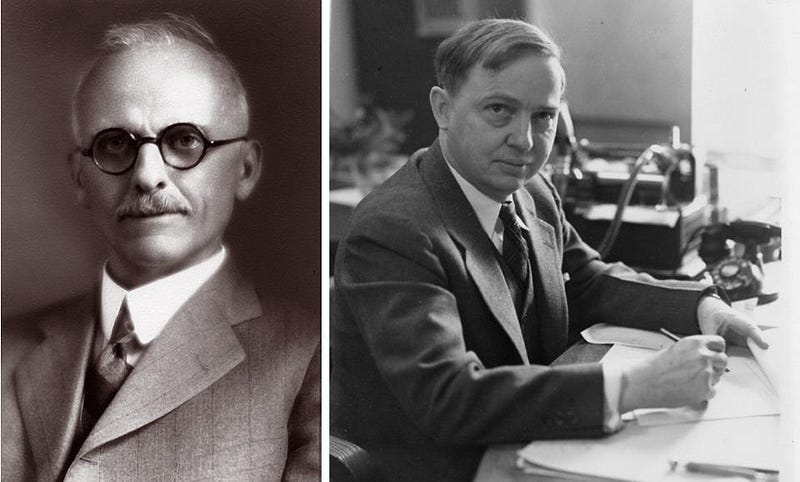
In each of these cases, though, it was easy to see how to put that argument to the test. If spirals in the sky were actually rotating, we should continue to see the objects inside change position over time. If they weren’t, we should see these objects have their internal components remain in the same position as the years and decades went by. They could only rotate if they were relatively small and close by, otherwise they’d spin faster than the speed of light, violating the laws of physics. As better observations over longer times came in, it became clear that there was no rotation after all.
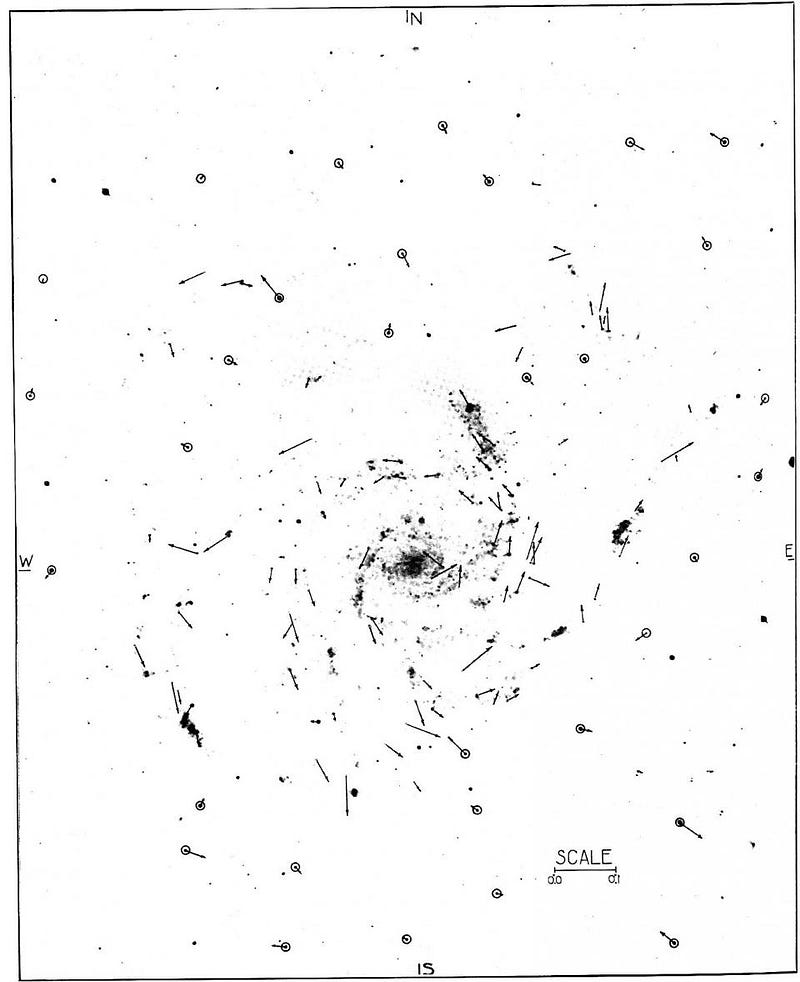
If these objects didn’t exist in the plane of the Milky Way, it could be either because you can’t form proto-stars there for some reason, or it could be because these galaxies were hidden behind the dust and stars of the Milky Way. If you had a way to see through the plane of the Milky Way to what was behind it, you could solve the debate instantly. Even though visible light can’t make it all the way through, infrared light can! Once we developed infrared astronomy, we were able to put that to the test immediately, and found these objects behind the plane of the galaxy, exactly as expected.
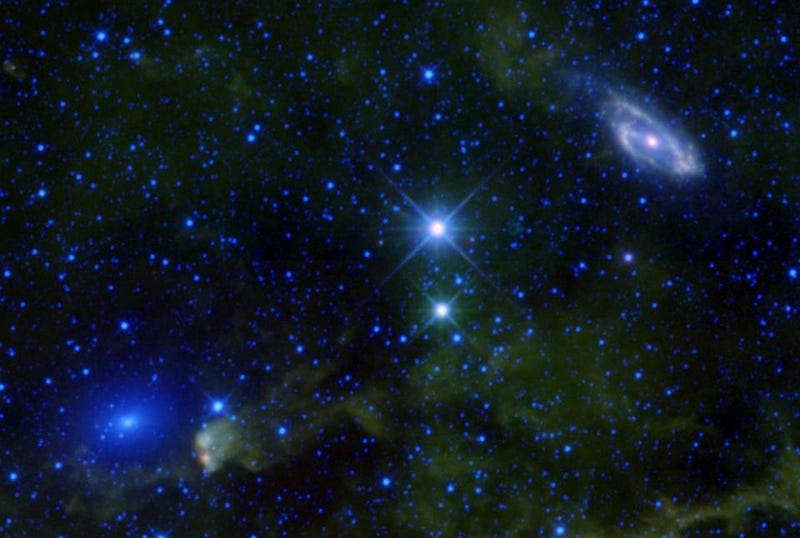
But we didn’t have to wait for either of these points to be decided for the debate to be answered; there was another way to discern. Thanks to the work of Edwin Hubble, building on the work of Henrietta Leavitt, we became able to identify individual stars within these spiral nebulae, and that allowed us to determine the distances to them. They were way outside of our Milky Way, dozens or even hundreds of times as distant as any other known objects. You don’t need to understand every fine point in an argument to reach a conclusion; you just need to find a critical observation that can settle the issue.
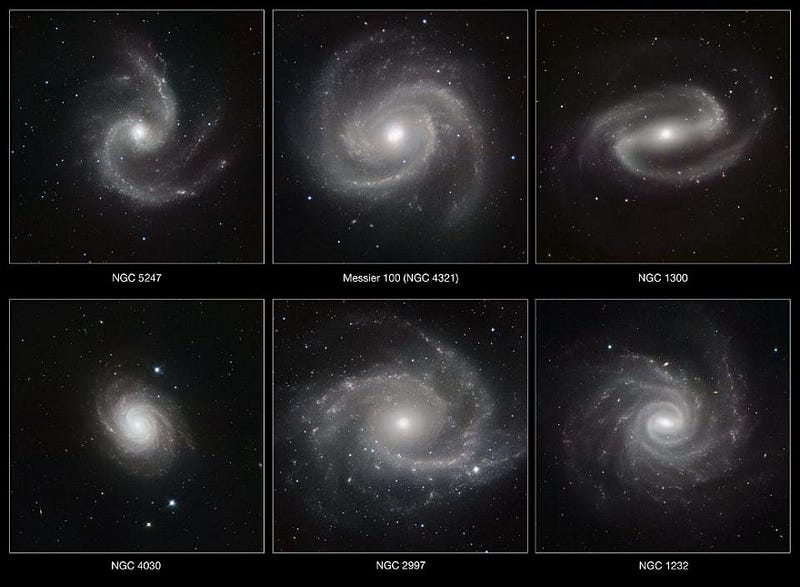
If you believe that something is rotten in a scientific field, or that a scientific conclusion is wrong, such as:
- you think the Big Bang never happened,
- you think that humans are not the result of evolution and natural selection,
- you think that vaccines are ineffective for preventing disease,
- you think that there are chemicals released by airplanes that make the population more docile,
- you think that water fluoridation is mass-poisoning all those who ingest it,
- or you think that climate change and global warming are not happening or caused by humans,
you should ask yourself two big questions.

One is to ask, critically, what pieces of evidence are the key ones that led you to your current position. If you can articulate them to the other side, you might change someone’s mind, or you might learn something new about the evidence for/against that line of thought. Either way, there’s more knowledge and understanding in the world, and that’s a win.

The second is to ask, in a way that’s satisfying to both sides, what definitive piece(s) of evidence would settle the issue in a way that everyone can agree on? If a small plane flew behind an alleged chemtrail-delivering plane and collected and measured the composition of all the molecules in the exhaust, would that allow you to decide? If you tracked the level of ingested fluoride over a large population and correlated them with long-term dental and medical health outcomes, would that convince you either way? And if we could accurately measure the global average land/ocean/surface temperature, the changes in atmospheric content, and the absorptive/radiative properties of the gases in the atmosphere, would that allow you to decide whether humans are warming the planet?
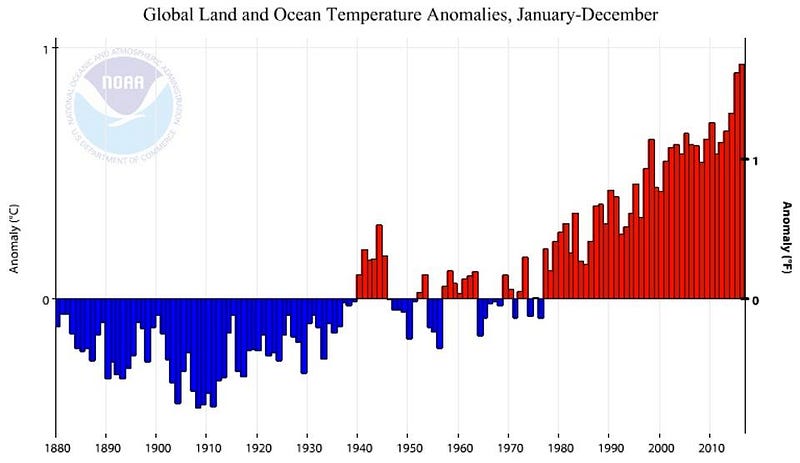
If your goal in a debate is to convince people to join your side, you might be successful, but you’ll never be scientific. The goal in science is to uncover the truth about the Universe and the way a system actually behaves. The point of a debate is to lay out your case, to successfully interpret facts and contentions that both sides are aware of (even if you don’t agree with their validity), and to identify which observations, measurements, and experiments could decide the issue in either direction. Harlow Shapley, who argued for the proto-star explanation in the 1920 debate, may have been declared the victor by the onlookers, but the real winner was the scientific community, who was treated to the true answer in the years to come.
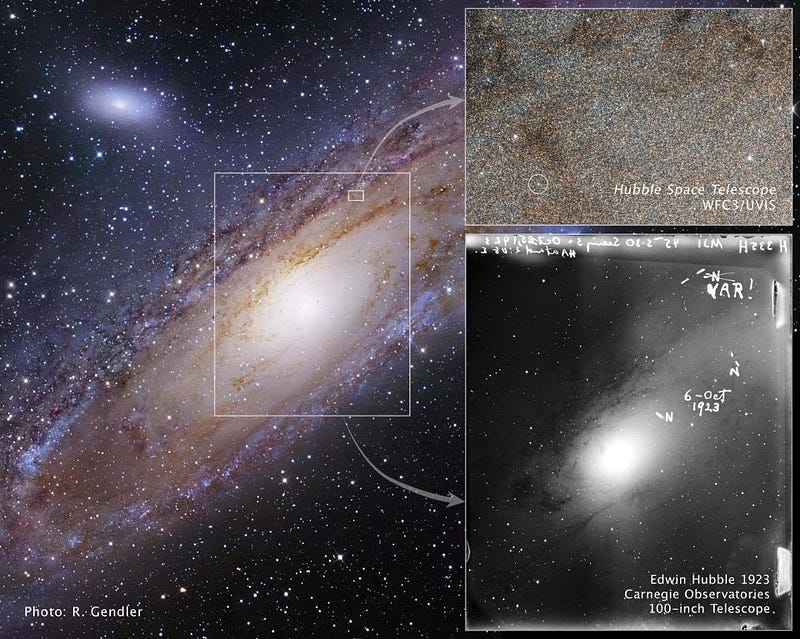
When there’s an issue we’re passionate about, it’s only human nature to want to be right. But being right because we guessed right or intuited the outcome is no substitute for actual, scientific knowledge. As Carl Sagan wrote so many years ago:
In science it often happens that scientists say, ‘You know that’s a really good argument; my position is mistaken,’ and then they would actually change their minds and you never hear that old view from them again. They really do it. It doesn’t happen as often as it should, because scientists are human and change is sometimes painful. But it happens every day.
Not every scientist does this all the time, but we all strive to. If we truly value knowledge and understanding, whether we’re scientists or not, we’ll all be open to changing our minds on any evidence-based issue at all. All we need to do is identify what evidence we’d need, and science will do the rest.
Starts With A Bang is based at Forbes, republished on Medium thanks to our Patreon supporters. Order Ethan’s first book, Beyond The Galaxy, and pre-order his next, Treknology: The Science of Star Trek from Tricorders to Warp Drive!





